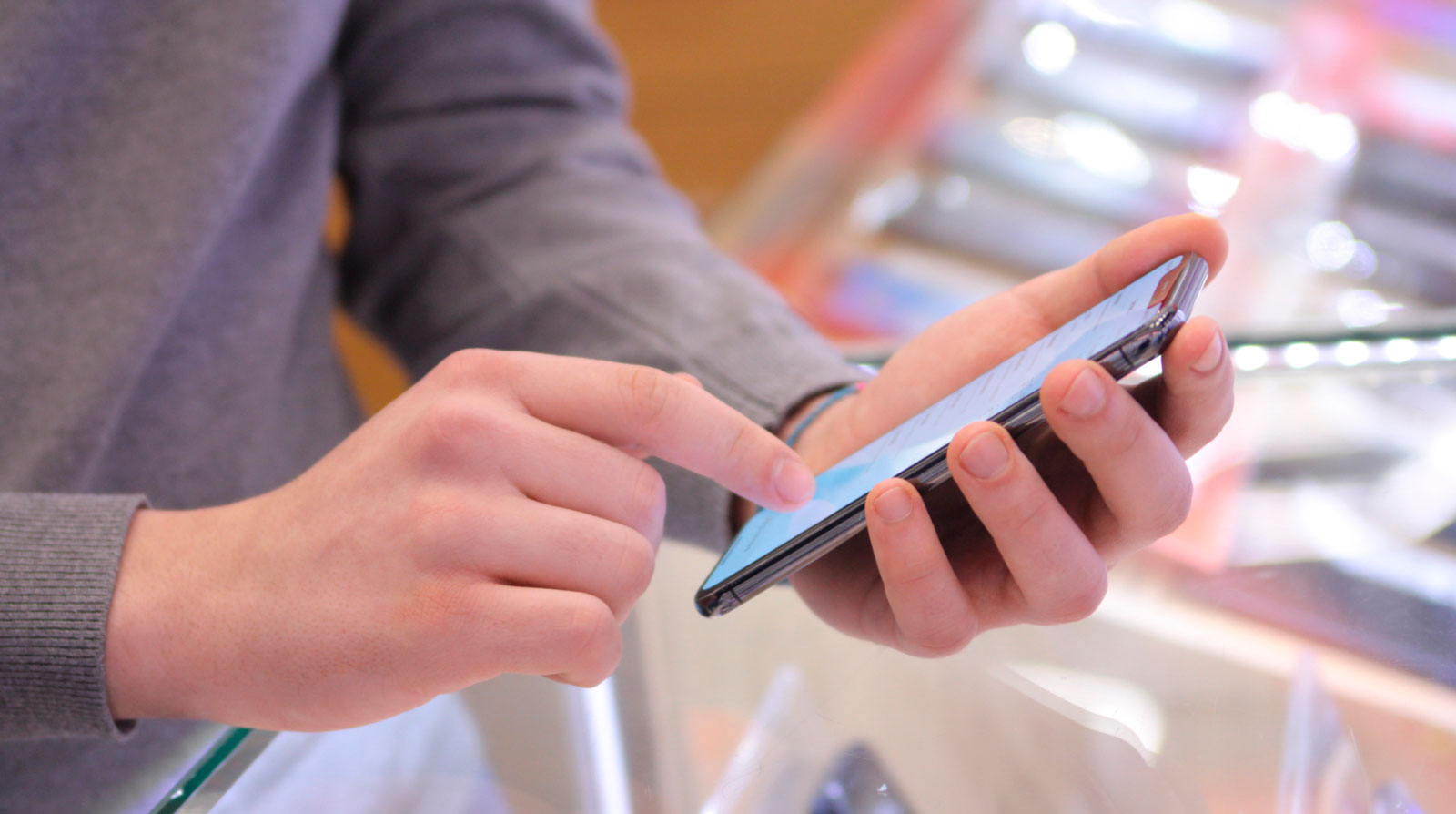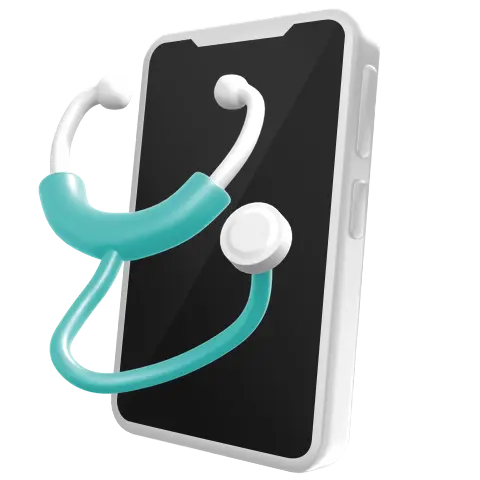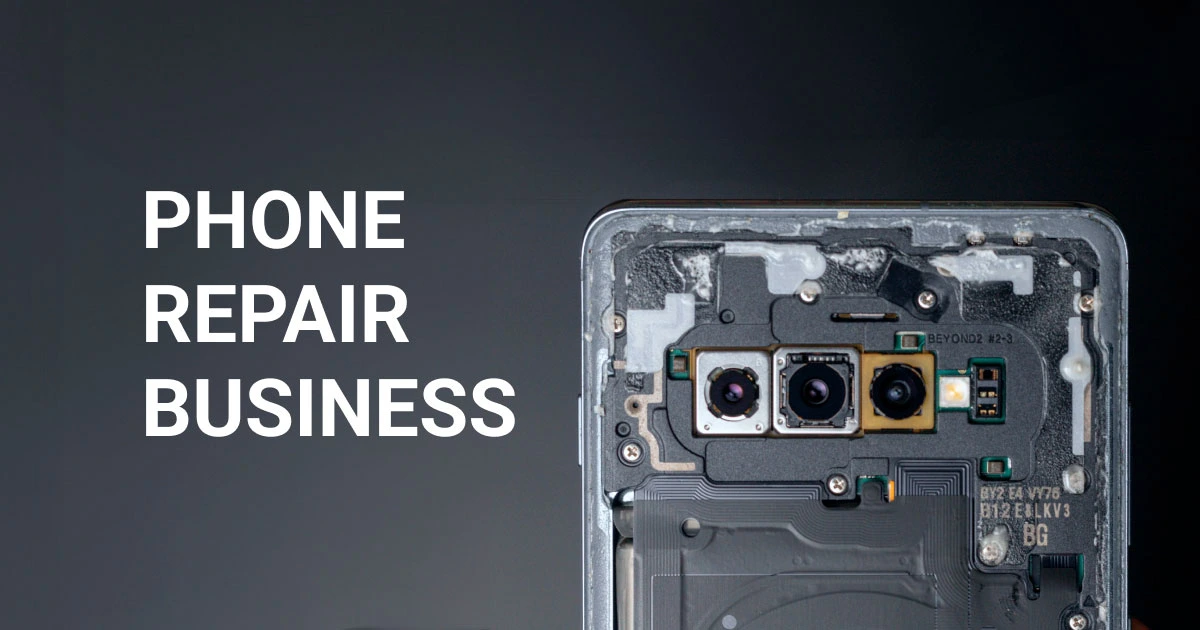Non-original phones are a significant concern for used device businesses: fake devices can be challenging to detect, but if you accidentally purchase them, it results in financial losses. Today, we address the key question: how to identify a fake phone. Join us and gain valuable insights for your business.
Why Are Counterfeit Phones Bad for Your Stock?
Although fake smartphones may look like original ones, they always lack quality. To profit from making counterfeit phones, fraudulent businesses use inferior parts. As a result, fake phones often have low-quality cameras and displays, and lack features like NFC or fingerprint identification, leading to poor performance.
Avoiding fake devices is crucial when you run a used and refurbished phone business. If you accidentally buy a counterfeit device, you won't be able to resell it and will lose money.
If someone resells counterfeit phones as genuine products, it is considered fraud. It will harm the business's reputation and may result in legal consequences.

How to Lower Chances of Buying Fake Phones?
The best way to ensure the authenticity of purchased devices is by choosing reliable providers. Here are several rules that will help you find reputable sellers.
Buy from Sellers who Provide Testing Certificates
The certificates show the results of the tests performed and prove the quality of the phone.
The main thing to inspect is the IMEI (or international mobile equipment identity) number. It is a unique code that is essential to determining whether the device was blocked, stolen or has an outstanding balance. Ensure that the IMEI number on the smartphone matches the one on the certificate; they should have the same serial number.
Buy from Reputable Marketplaces
Sellers on major online platforms typically verify the quality of their stock, so the risk of purchasing a counterfeit phone is minimal. Large platforms ensure that devices come with testing certificates and quality control stickers, making buying from them a safer option.
Double Check the Devices
Even if you've found reliable sellers for buying pre-owned devices in bulk; don't rely on them solely. Test the smartphones on your side to ensure the quality of your inventory and maintain control over your stock.
Choose Secure Paying Methods
This step will protect you if you have bought fakes: returning money for counterfeit devices is possible. Banks have different rules for disputing transactions, so it is important to check the conditions beforehand and use the payment methods recommended by your bank. And surely, avoid paying in cash.

How to Avoid Fake Smartphones During Trade-Ins?
The mentioned rules are helpful for wholesalers who purchase electronics in large quantities. Because of the relatively small number of suppliers, buying in bulk can minimize the risks of buying fake smartphones.
However, if you run a buyback program in-store and buy pre-owned devices from end users, your clients don't have any certificates or other proofs of authenticity, so you have to perform advanced testing yourself.
Sometimes, you can detect a fake phone at first glance: cheap counterfeits often use low-quality materials and lack features compared to genuine phones. However, it is impossible to know all smartphone models, so manual testing alone is not an option.
You need to assess not only the cosmetic but also the functional condition of the device. Hardware testing is essential as it can reveal defects in the battery, cameras, and other components.
Testing software automates the process and helps avoid fraud. Consider using NSYS Diagnostics software, which ensures comprehensive and secure testing and detects whether the device's authenticity is concerning.
If you suspect the phone might be fake, perform the following manual checks for a closer inspection:
- Go to Settings and check the information about the device: IMEI number, model number, RAM, operating system, etc. Compare this data with the information provided by the manufacturer: it should match. Sometimes, fraudsters create fake versions of popular phone models in colors that the original phones are not produced in, or they produce counterfeit models when the originals are discontinued. Therefore, check the specifications carefully.
- Verify an iPhone's serial number on the official Apple website. This is a secure way to ensure authenticity for an Apple device. There is no similar tool for Android smartphones. However, you can still check the IMEI number of such devices for additional information.
- Open the camera and record a high-definition video. Fake smartphones usually have poor-quality cameras because handset manufacturers are trying to minimize production costs. Thus, evaluating the video quality helps in identifying a fake phone.
- Inspect the materials used to make the phone. Compare the device with the manufacturer's description to ensure it matches. For example, check that the screen is made of glass, not plastic, and examine the material of the back cover and the appearance of the logo to verify authenticity.
Overall, software testing, together with manual checks in case of authenticity concerns, is the most effective strategy for detecting non-genuine devices.

What to Do if You Have Bought a Fake Smartphone?
When operating with used and refurbished phones, accidentally buying a fake smartphone is a waste of money. Repairing or changing parts is pointless, as reselling such devices in any form will damage your reputation.
The only way to solve the problem is to find a solution that will help you avoid buying counterfeit phones in the first place. The NSYS Diagnostics solution is a perfect option, as it performs over 60 tests to detect over 100 hardware defects, including non-original parts. It will provide you with a high-quality inventory. For each tested device, you will get a certificate with the results of all tests.
Click the link below to try NSYS Diagnostics!








